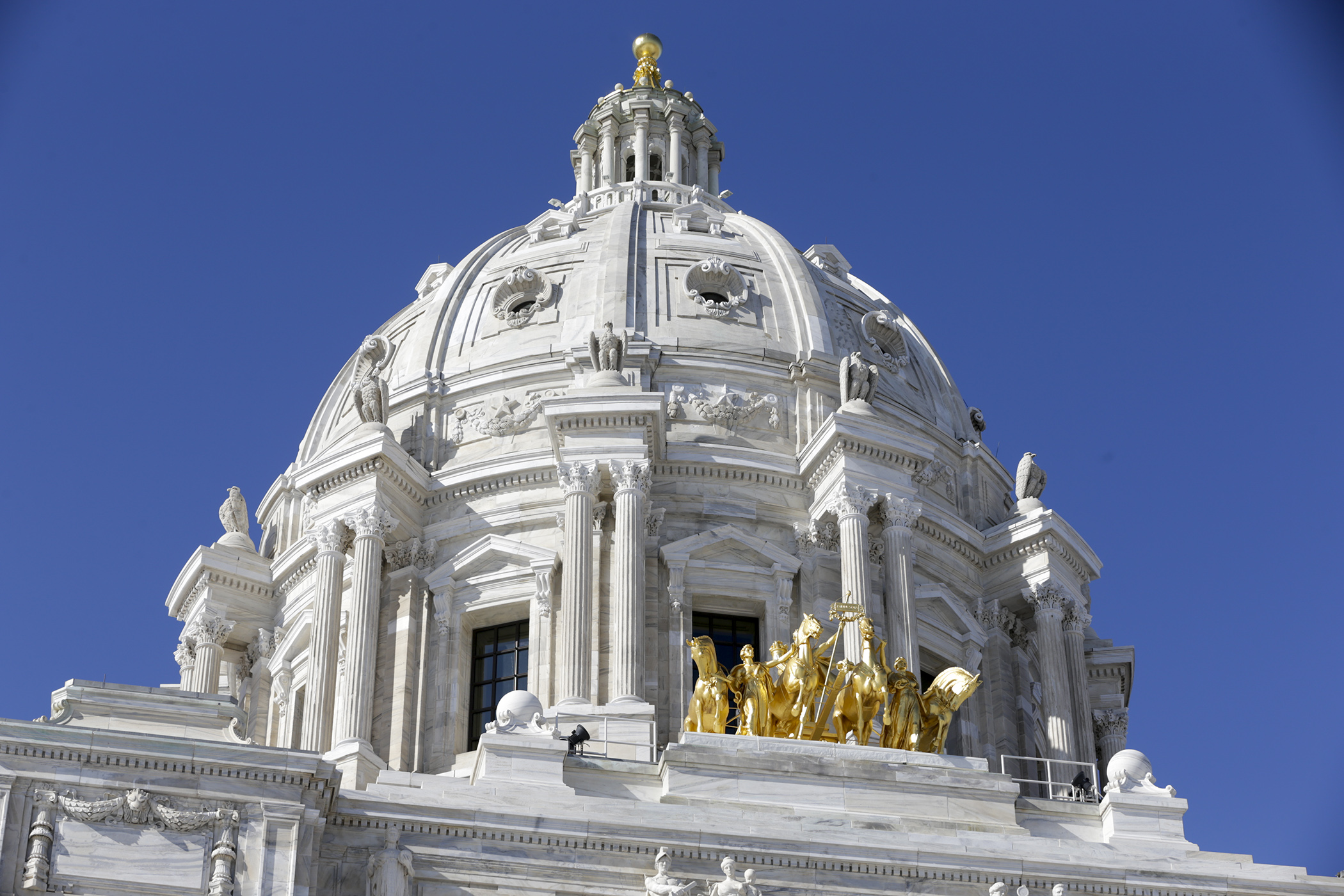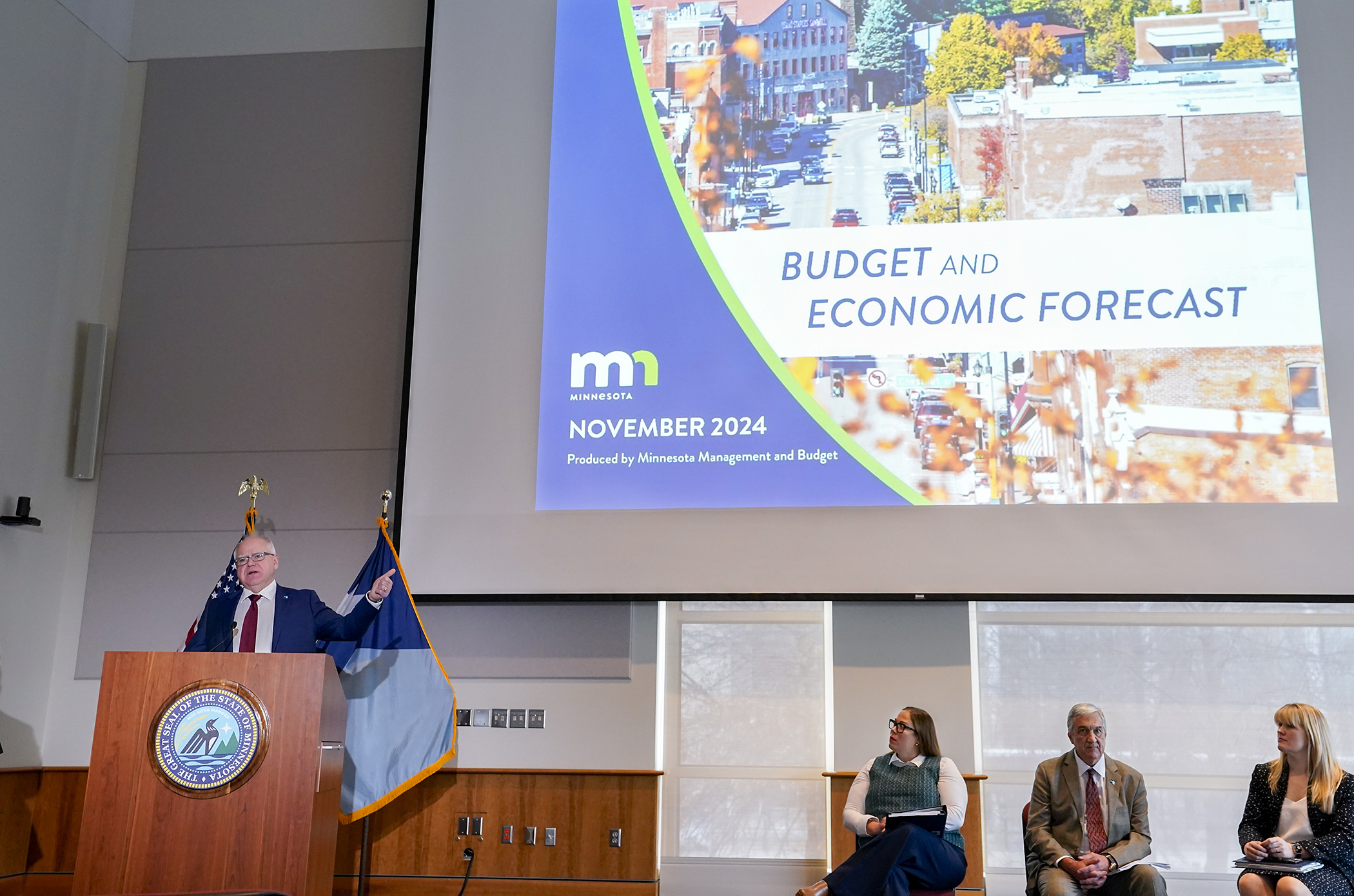Cleaner, cheaper energy the aim of energy package passed in House
The Xcel Energy utility used to run billboards that showed a picture of an electric fan with the word “Sip” beneath it, and an image of a window air conditioner accompanied by the word “Gulp.” The idea was to encourage utility customers to keep cool by more efficient and lower-cost means.
“Sip” is also how legislators pronounce CIP, which stands for the Conservation Improvement Program. It was established in 2007 to encourage Minnesotans to conserve energy, reduce carbon dioxide emissions and lessen the need for new utility infrastructure, thus lowering costs.
But Rep. Zack Stephenson (DFL-Coon Rapids) and a large coalition of stakeholders agree that CIP is in need of an update. That’s why Stephenson is the sponsor of HF4502, dubbed the “Energy Conservation and Optimization Act of 2020.” The bill, which features a variety of provisions related to energy savings and moving toward cleaner energy sources, was passed 79-55 by the House Monday.
It now heads to the Senate where Sen. Jason Rarick (R-Pine City) is the sponsor.
The core of the bill, which supporters call the “ECO Act,” concerns cost-effective energy savings for utilities operating within the state. It would require that most increase the percentage of their annual gross operating revenues that must be devoted to energy savings.
It would also mandate a move toward “innovative clean technologies” in energy production, and establish criteria for utilities’ load management and efficient switching between fuel sources. Furthermore, the bill would broaden how energy conservation programs can be used to aid low-income households, and establish an asbestos insulation removal account in the state treasury.
The bill is not expected to increase state expenditures.
Objections to the bill mostly centered upon the supposition that its mandates could result in larger utility bills for customers and that propane was not sufficiently included in discussions of fuel-switching provisions.
Two amendments were presented and defeated. One offered by Rep. Chris Swedzinski (R-Ghent) would have required utilities to line-item on customers’ bills the costs to rate payers brought about as a result of the mandates. Another, from Rep. Dave Baker (R-Willmar), would have eliminated one of the mandated increases in the percentage of revenues that utilities must devote to energy savings.
“We expect that this will result in more savings and more jobs,” Stephenson said. “Our energy conservation has been accelerating. It’s the cheapest way for us to meet our demand. … As for fuel switching, it’s not required under this bill. And it can only happen if the new fuel source is more cost-effective and reduces emissions.”
Swedzinski said, “I fundamentally disagree that we should mandate to member-owned utilities. … Do we trust locally elected officials to make decisions on their utilities?”
Stephenson replied, “Every electrical utility in the state supports this bill.”
Rep. Jamie Long (DFL-Mpls) added, “If you’re a legislator who wants to support clean energy, this is about as safe a bill as you’re going to find. It increases flexibility for utilities. Municipal utilities say that this bill removes mandates and allows the ability to keep costs down. The reason we have efficiency goals is for our consumers. Every dollar invested in CIP brings back $4 in savings.
“We know that investing in these projects will stimulate the economy at a critical time. I’d be surprised if we see such a widely supported energy proposal for several years.”
Related Articles
Search Session Daily
Advanced Search OptionsPriority Dailies
Ways and Means Committee OKs House budget resolution
By Mike Cook Total net General Fund expenditures in the 2026-27 biennium will not exceed a hair less than $66.62 billion.
That is the budget resolution approved Tuesday by the House Ways...
Total net General Fund expenditures in the 2026-27 biennium will not exceed a hair less than $66.62 billion.
That is the budget resolution approved Tuesday by the House Ways...
Minnesota's budget outlook worsens in both near, long term
By Rob Hubbard It looks as if those calling for less state spending could get their wish, judging from Thursday’s release of the February 2025 Budget and Economic Forecast.
A state su...
It looks as if those calling for less state spending could get their wish, judging from Thursday’s release of the February 2025 Budget and Economic Forecast.
A state su...